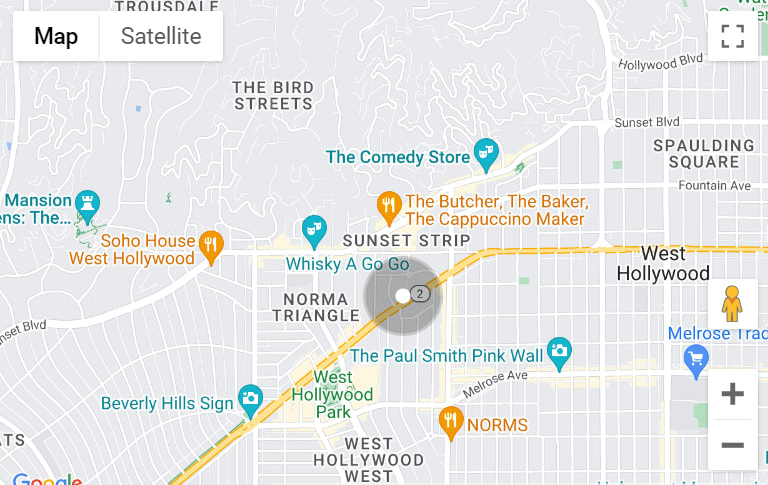Welcome to Sausalito
Location
Sausalito is situated near the northern end of the Golden Gate Bridge, and prior to the building of that bridge served as a terminus for rail, car and ferry traffic. Developed rapidly as a shipbuilding center in World War II, the city's industrial character gave way in postwar years to a reputation as an artistic enclave, as a picturesque residential community (incorporating large numbers of houseboats), and as a tourist destination. It is adjacent to and largely bounded by, the protected spaces of the Golden Gate National Recreation Area.
Sausalito was once the site of a Coast Miwok settlement known as Liwanelowa. The branch of the Coast Miwok living in this area were known as the Huimen. The first European known to visit the present-day location of Sausalito was Don Jose de Canizares in 1775, who was searching for a suitable anchorage for their larger vessel. The Spanish colonial government of Upper California did little to establish a presence in the area. The development of the area began at the instigation of William A. Richardson, who arrived in Upper California in 1822, shortly after Mexico had won its independence from Spain. An English mariner who had picked up a fluency in Spanish during his travels, he quickly became an influential presence in the now-Mexican territory. By 1825, Richardson had assumed Mexican citizenship, converted to Catholicism and married the daughter of Don Ignacio Martinez, commandant of the Presidio and holder of a large land grant. His ambitions expanded to land holdings of his own, and Richardson submitted a petition to Governor Echienda for a rancho in the headlands across the water from the Presidio, to be called "Rancho Saucelito". Sausalito is believed to refer to a small cluster of willows, a moist-soil tree, indicating the presence of a freshwater spring.
The first post office opened in 1870 as "Saucelito" and changed its name to the present spelling in 1887. In the 1870s, the North Pacific Coast Railroad extended its tracks southward to a new terminus in Sausalito, where a rail yard and ferry to San Francisco were established. By 1926, a major auto ferry across the Golden Gate was established, running to the Hyde Street Pier in San Francisco.
During World War II, a major shipyard of the Bechtel Corporation called Marinship was sited along the shoreline of Sausalito. The thousands of laborers who worked here were largely housed in a nearby community constructed for them called Marin City. The soil which supports this area is dredgings from Richardson Bay that were placed during World War II as part of the Marin shipyards for the United States Navy.
Following World War II, a lively waterfront community grew out of the abandoned ship yards. This unique urban village has become a popular visitor destination, known worldwide for its natural beauty, its incomparable arts community, the variety of unique shops and restaurants, and its easy accessibility from San Francisco by bridge and ferry. It is also a prized residential and business location, boasting temperate climate, old world charm, and some of the region's most spectacular views.
Beautiful and unique homes ornament wooded hills that fall steeply to Richardson Bay. Condominium apartments offer marvelous views of San Francisco and the Bay. Regular ferry service from San Francisco makes the town easily accessible for both commuters and
tourists.
Located on the southeastern tip of Marin, just across the Golden Gate Bridge from San Francisco, Sausalito was first settled in the mid-19th century and incorporated in 1893, making it one of the oldest established communities in the North Bay region. Early
Spanish explorers named the area "Saucelito" for the "little willow trees" they found growing along its streams and underground springs. The Sausalito of today, a colorful waterfront town framed by steeply ascending hills, reminds many of a Mediterranean fishing
village. Bounded on three sides by Richardson Bay and the Golden Gate National Recreation Area, it has grown little over the years, still occupying a land area of just 2-1/4 square miles.
This unique urban village has long been a popular visitor destination, known worldwide for its natural beauty, its incomparable arts community, the variety of unique shops and restaurants, and its easy accessibility from San Francisco by bridge and ferry. It
is also a prized residential and business location, boasting temperate climate, old world charm, and some of the region's most spectacular views.
Demographics
As of the census of 2000, there were 7,330 people, 4,254 households, and 1,663 families residing in the city. Of the 4,254 households 8.8% had children under the age of 18 living with them, 33.9% were married couples living together, 3.5% had a female householder with no husband present, and 60.9% were non-families. The median income for a household in the city was $87,469, and the median income for a family was $123,467.
Public Schools
Two public school districts serve students living in Sausalito. The Sausalito Marin City District supervises the elementary schools and a middle school. Students from Sausalito attend Tamalpais High School, which is in the Tamalpais Union High School District.
Sausalito Marin City School District is responsible for the two elementary schools and one middle school that serve the children living in Sausalito.
Tamalpais Union High School District provides secondary school education to students coming from ten elementary districts in Marin County, including the Ross Valley School District. It includes three comprehensive high schools, all of which have been designated as California Distinguished Schools, and two alternative school
Private Schools
Sausalito is home to The Marin School, a private high school.
